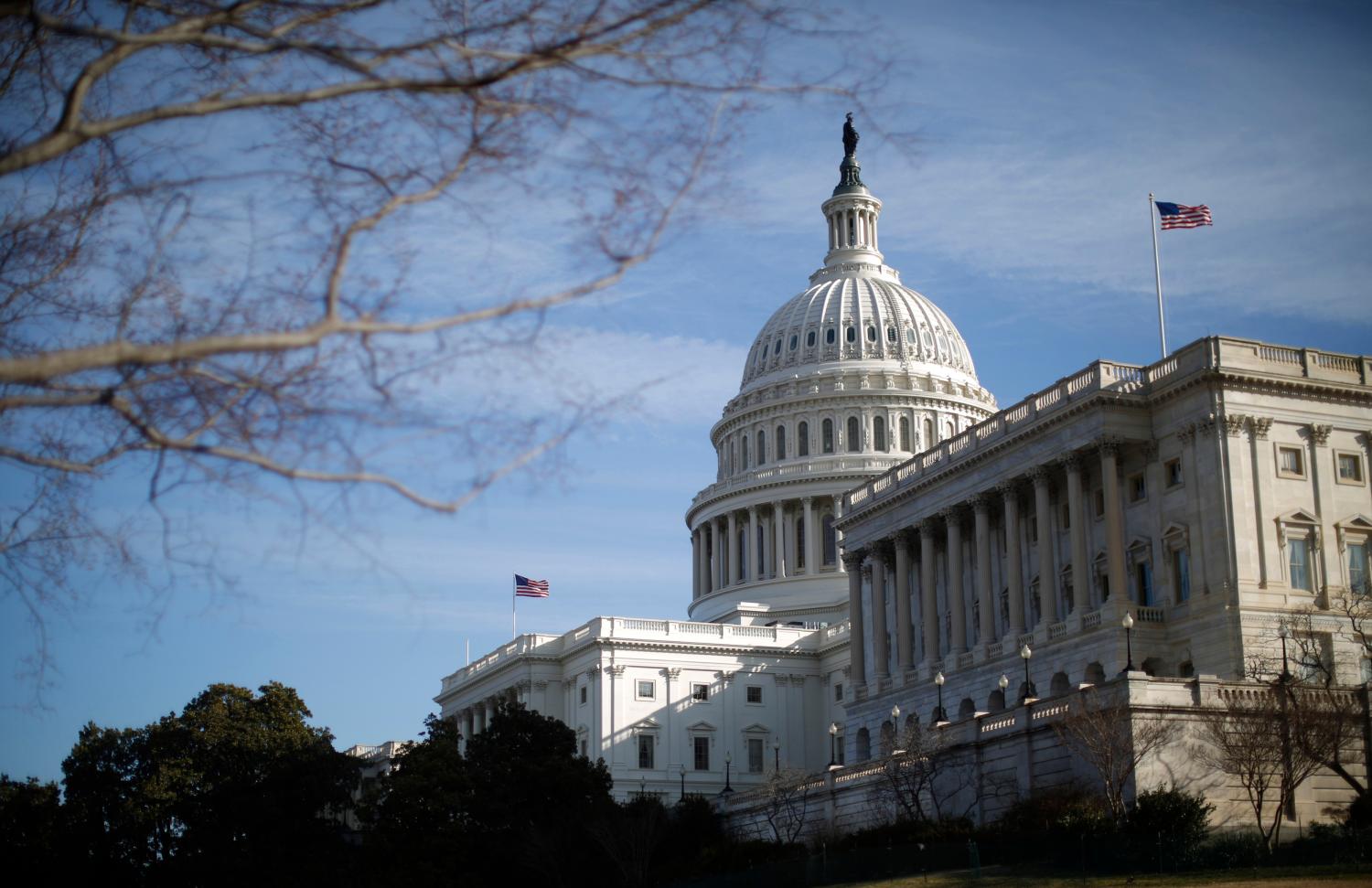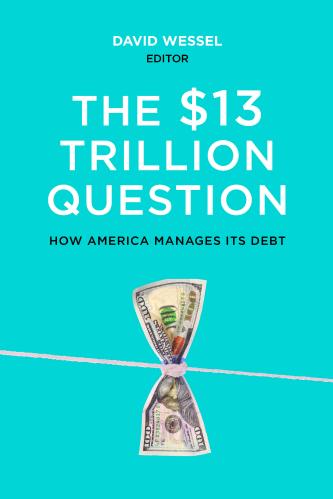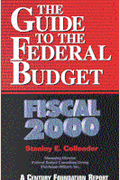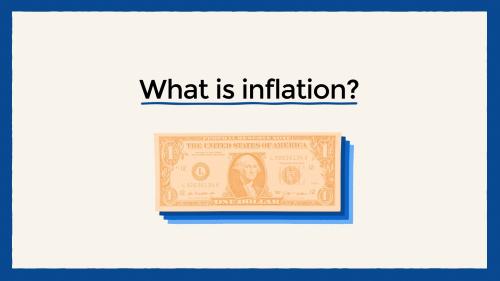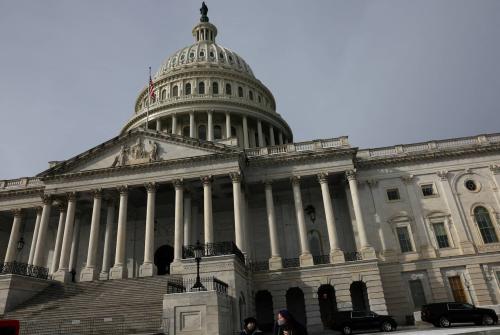The Congressional Budget Office (CBO) recently released their new budget and economic outlook, projecting a debt-to-GDP ratio of 93 percent by 2029 under current law, up from 78 percent today. In “If Not Now, When? New Estimates of the Federal Budget Outlook” (PDF), Alan Auerbach, William Gale, and Aaron Krupkin, provide alternative estimates that build on that analysis. Under a “current policy” scenario similar to CBO’s alternative fiscal scenario – in which policymakers routinely extend temporary provisions, as they have in the past – the authors project a debt-to-GDP ratio above 106 percent by 2029, which would be the highest ratio in U.S. history.
If the CBO and current policy projections hold, the next ten years will include the first sustained period in U.S. history with sizable full-employment deficits, which will exceed 4 percent of GDP under current law and rise to 7 percent of GDP under current policy.
After the coming decade, fiscal pressures mount, with the debt-to-GDP ratio rising to 193 percent under current policy by 2049. The fiscal gap is substantial; to ensure the debt-to-GDP ratio 30 years from now does not exceed the current level would require a combination of immediate and permanent spending cuts and/or tax increases totaling 3.9 percent of GDP. In 2019, this would be equivalent to a 21 percent cut in non-interest spending, a 47 percent increase in income tax revenues, or a 24 percent increase in all tax revenues. Over the longer term, the required adjustments are even larger.
Growth in annual net interest payments – due to projections of rising interest rates – accounts for a significant part of the rising debt projection. However, even if interest rates remain unchanged over the next 30 years, the debt-to-GDP ratio in 2049 would rise to 156 percent and the fiscal gap would be 3.2 percent of GDP. That is, there is a significant federal fiscal imbalance even if interest rates stay low. This is reflected in persistent and rising primary deficits, in the range of 3 to 5 percent of GDP over the next 30 years.
Sustained deficits and rising long-term debt also make it more difficult to garner political support to conduct routine policy, address major new priorities, or deal with the next recession or emergency. Third, in those ways and by requiring future tax increases or spending cuts, the fiscal trajectory imposes burdens on future generations. Fourth, the current fiscal trajectory raises the possibility of a financial crisis, even if such an outcome remains a low-probability event.
One of the arguments for more debt and less austerity during the Great Recession and the aftermath was summarized by Keynes: “The boom, not the slump, is the right time for austerity at the Treasury.” Well, this is the boom. If policymakers do not address the fiscal imbalance now, it will only become a harder problem in the future, due both to the growing size of the deficit and debt and the increased economic costs and political difficulty of enacting spending cuts or tax increases in less favorable times. Addressing the fiscal imbalance now does not necessarily require substantial, immediate cuts in spending or increases in taxes; it could instead be structured to provide gradual changes that are phased in over time.
Download the full paper here.



